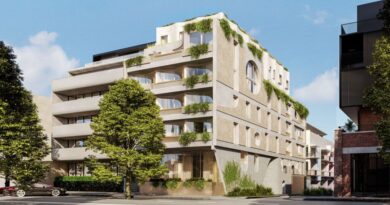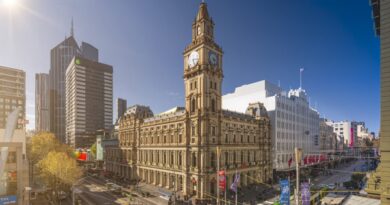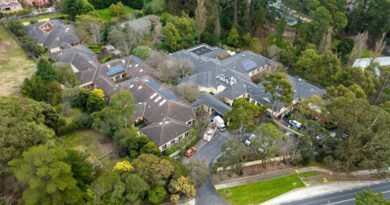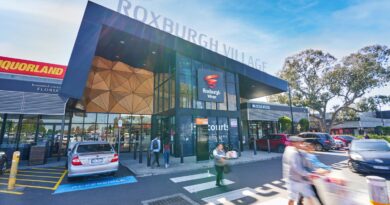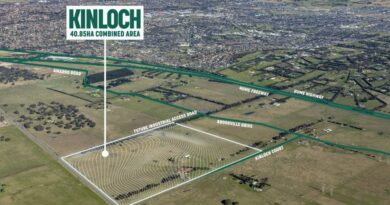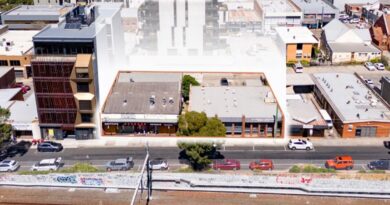Student Accommodation Still in Short Supply
Student Housing Australia chief executive Mark McDonald said the 2000 student accommodation rooms it manages in 45 buildings in Melbourne and Canberra were full.
He said SHA was about to launch its intake for the 2009 university year and expects, as in 2008, to be unable to house many international students, who will be pushed to live up to several suburbs from where they study.
"At half-year intake, we had a situation where universities had 1000 international students to place," said Mr McDonald. "We had three beds available."
The international student sector is Australia’s third-largest export, after coal and iron, and is worth $12.5 billion a year.
According to data released in June from Australian Education International, part of the Department of Education, Employment and Workplace Relations, Victoria has almost a third of the international student higher education market, with 48,520 international student enrolments out of 150,328 enrolments nationally.
Mr McDonald said student apartment supply was shortest in the Carlton, CBD and North Melbourne area, close to the University of Melbourne and RMIT, two of the largest education service providers to accept international students.
"RMIT has thousands and thousands of international students, but not one bed of accommodation," he said.
He said location, security and the speed of internet access were considered the three biggest priorities of international students. "In fact, internet usage for international students is 10 times higher than for local kids."
Hayball Architect director Robert Stent said student housing around the inner city had changed a lot over the past decade. "Long ago are the days of students sharing the terrace house in inner Melbourne as portrayed in the films Dogs in Space," he said. "The terrace houses, many of which are now valued at seven figures, are well beyond the means of students."
Mr Stent said the sharp rise in international student numbers had resulted in the private sector weighing in with a different product to traditional university-based dormitories.
He points to the redevelopment of the former Astoria Taxi headquarters and depot on the corner of Swanston and Pelham streets, around Argyle Square, which has been developed over more than five years into several complexes, all of which open the year with tenant waiting lists, and support a local retail market.
The site of Carlton’s Canada Hotel nearby is also making way for a $50 million, 219-unit student apartment project, expected to accept students from next year.
In the past month alone, developers have also lodged plans to build more than 100 student apartments in Brunswick, Seddon and Bundoora.
Knight Frank director Michael Hede is marketing for sale Sophia House, a two-year-old, 106-unit student accommodation complex at 127 Leicester Street, Carlton. He expects investor interest to be strong on the back of record low rental vacancy rates in the inner-city, and scope for rent increases in the future, and that it will sell for about $17.5 million.
According to Charter Keck Cramer, international demand for study in Australia risks decelerating, as competition increases from foreign universities. Simultaneously, the Federal Government has cut funding per domestic student, leaving universities heavily dependent on international students for revenue.

